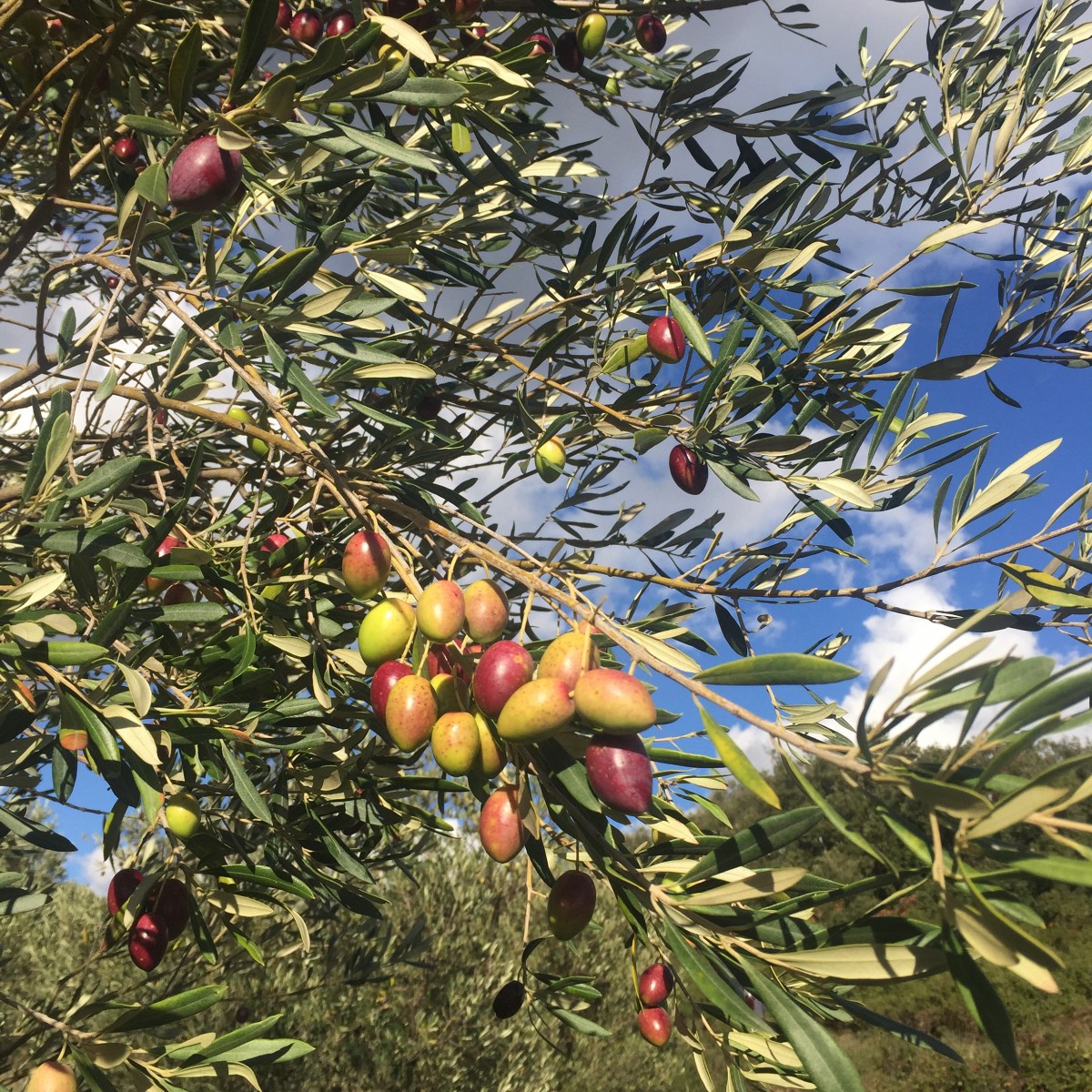
Photo by: Chloé Landrieu Murphy
The act of picking Olives is a somewhat meditative practice, in your corner of the field you find yourself faced with a tree and your thoughts, lowering the branches, grasping the olives and putting them in the basket at your waist. In the fields in Lédenon, in the Languedoc- Rousillon region I often found myself faced with my own thoughts and many questions regarding the trees surrounding me. How did the tree so ubiquitous to the region get there, and where did they come from?
The production of olive oil has existed for over 6,000 years, originally hailing from Palestine, Iran and Syria, the oil, like wine has taken on many sacred and religious qualities. Originally used in Pagan ritual, mythologized by the greeks, incorporated into Judaism, then into Christianity and mentioned often throughout the bible, olive oil has long been used for beauty, anointment and foremost, consumption. Introduced into french culture 2,500 years ago with the arrival of the Phocaeans in Marseille the crop was crucial in the development of Marseilles vieux port and has maintained an integral status in Provence’s gastronomic and cultural heritage, despite the disastrous freezing of 1956 that rendered 2/3 of the regions olive trees out of commission.
In the south of France, olives are inescapable, whether in passing fields, parking lots, aperitif with friends, in tapenade or as oil in one of many regional dishes, the olive is never far. Provence and Languedoc boast a large variety of olives including, picholine, negrette, rougette, vedale, aglandau, all with their own flavor profile, oil content and terroir.
Though French olive oil producers make considerably less oil than their neighbors Spain and Italy, southern France and it’s Roman and Greek roots are deeply tied to olive oil culture. As opposed to Spain where most olive oils are mass produced, 90% of the olive oil produced in France is extra virgin and a majority of production is from small manufacturers usually operated under Appllation d’Origine Controlée, a concept based in the protection of the countries unique terroirs and often used for wines, butters and other agricultural products. Provençal oils are known for their green, sometimes fruity herbaceous flavor, while oils hailing from the area surrounding Nîmes and the Languedoc are known for their distinctive sharpness.
In the south of France and across the Mediterranean the olive and its oil are representative of more than just food. They are a symbol of peace, cultural heritage, promotion of health, regional cuisine, beauty, religious ceremony and tradition. France is never going to be the worlds biggest olive oil producer, but the south of the countries ties to the olive tree are irrefutable.